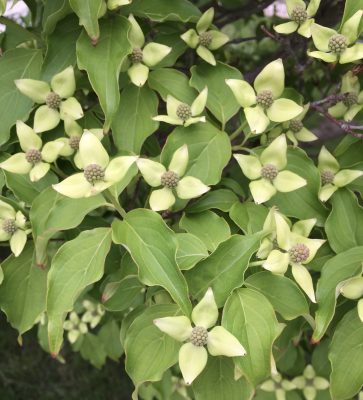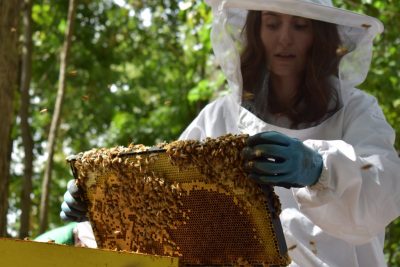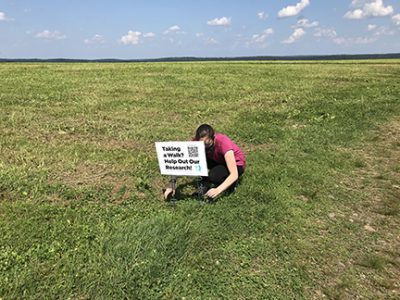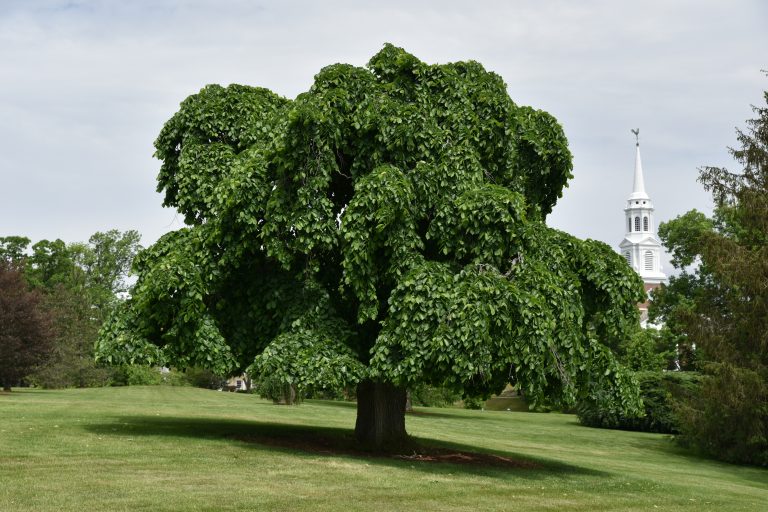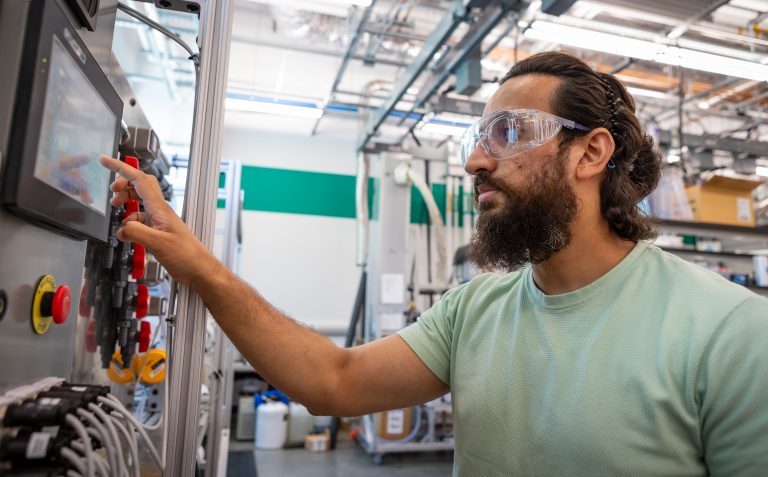Research At and Across UConn
UConn is one of the top research universities in the world boasting 100+ state-of-the-art research facilities and 80+ research centers and institutes. With over 2000 active researchers across UConn campuses, UConn is educating the next generation of young people who will lead the world against climate change. It is the mission of NatureRx to ensure that we progress forward while caring for ours and the planet's wellbeing.
Check out this webpage to learn more about efforts across the university with regards to nature and wellbeing.
Office of the Vice President for Research
You can learn more about UConn as a research institute by clicking the button below.
Anti-Racism in the Outdoors
UConn's very own Laura Brown co-authored Anti-racism in the Outdoors: Resources related to justice, equity, diversity, and inclusion of Black, Indigenous and People of Color in parks and greenspaces. This paper helps faculty, staff, students, extension educators, outdoor advocates, volunteers and community leaders be effective allies to black, indigenous, and people of color in the outdoors by highlighting a variety of videos, papers, articles, organizations, and more.
Click on the image to the left to access the paper.
The Psychologist and Bees
Doctoral student Megan Chiovaro has learned a lot about people - from working with honeybees. Read this UConn Today article to learn about her thoughtful approach to her graduate work and how she incorporates mindfulness into her work with bees. NatureRx supports the work of pollinator health by taking an active role in the Bee Campus USA committee. To learn more about UConn as a Bee Campus USA, check out the Office of Sustainability's website.
To access this article, click on the image to the right.
Social-Ecological and Environmental Lab
Literature
List of resources for anti-racism in the outdoors.
Rakow, D. A., and G. T. Eells. 2019. NatureRx: Improving College-Student Mental Health. Cornell University Press, Ithaca, New York.
Williams, F. 2017. The Nature Fix. W. W. Norton & Company, New York, New York USA.
Selected references:
Akers, A., J. Barton, R. Cossey, P. Gainsford, M. Griffin, and D. Micklewright. 2012. Visual color perception in green exercise: positive effects on mood and perceived exertion. Environmental Science & Technology 46: 8661-8666. 10.1021/es301685g
Antonelli, M., D. Donelli, G. Barbieri, M. Valussi V. Maggini, and F. Firenzuoli. 2020. Forest volatile organic compounds and their effects on human health: A state-of-the-art review. International Journal of Environmental Research and Public Health 17. 10.3390/ijerph17186506
Bratman, G. N., J. P. Hamilton, K. S. Hahn G. C. Daily, and J. J. Gross. 2015. Nature experience reduces rumination and subgenual prefrontal cortex activation. Proc Natl Acad Sci U S A 112: 8567-8572. 10.1073/pnas.1510459112
Hartig, T., R. Mitchell, S. De Vries, and H. Frumpkin. 2014. Nature and health. Annual Review of Public Health 35: 207-228. 10.1146/annurev-publhealth-032013-182443
Lai H., E. J. Flies, P. Weinstein, and A. Woodward. 2019. The impact of green space and biodiversity on health. Frontiers in Ecology and the Environment 17: 383-390. 10.1002/fee.2077
MacKerron, G., and S. Mourato. 2013. Happiness is greater in natural environments. Global Environmental Change 23: 992-1000. 10.1016/j.gloenvcha.2013.03.010
Meredith, G. R., D. A. Rakow, E. R. B. Eldermire, C. G. Madsen, S. P. Shelley, and N. A. Sachs. 2019. Minimum time dose in nature to positively impact the mental health of college-aged students, and how to measure It: A scoping review. Frontiers in Psycholology 10: 2942. 10.3389/fpsyg.2019.02942
Ratcliffe, E., B. Gatersleben, and P. T. Sowden. 2013. Bird sounds and their contributions to perceived attention restoration and stress recovery. Journal of Environmental Psychology 36: 221-228. 10.1016/j.jenvp.2013.08.004
